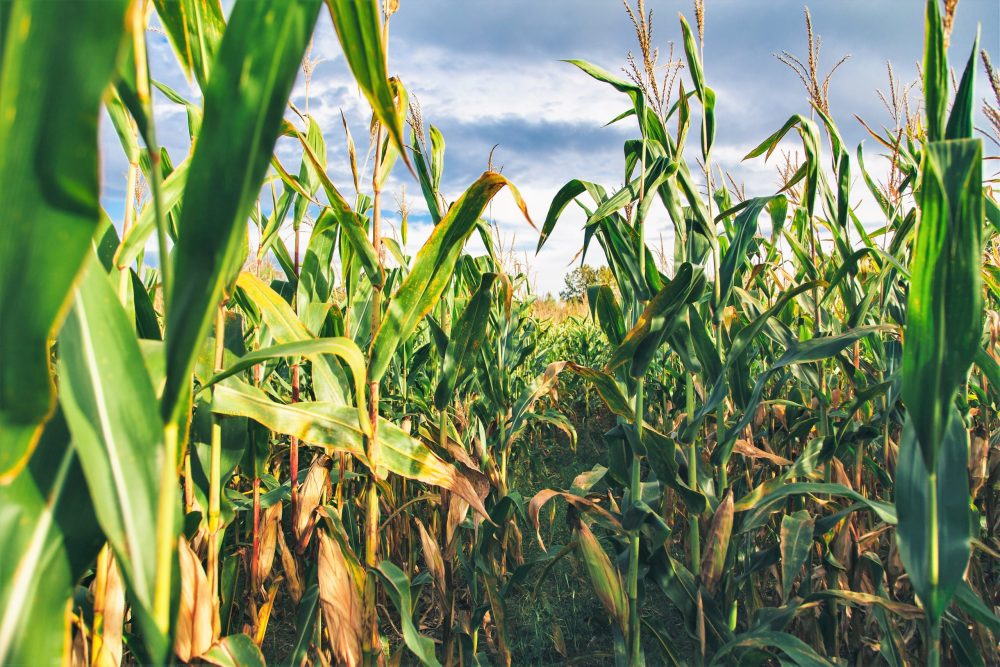By David Wall, Mount Pleasant Master Gardener
In 1493, Christopher Columbus returned to Europe with a handful of revelations and a pocket full of corn seeds. He knew little about corn, but felt the product was delicious. He also recognized that if farmed, it could feed a lot of people. Unfortunately, he didn’t take back the knowledge of HOW to farm it! Basically, it was misunderstood and not used well in Europe for a few hundred more years.

Fortunately, however, corn became well learned in our country. Today, corn is in the sodas we drink, the potato chips we snack on, hamburgers, French fries, baked goods, cereals, snacks, poultry, most fish, and even ketchup. Basically, our entire diet has been taken over by this one plant.
Corn became so prevalent early on that it was used as currency. Initially, food only for the lowly, corn moved up during the Industrial Revolution to the finest dining halls and family tables.
Industry and circumstances played major roles in the rise of prominence. The plow allowed farmers to increase the size of their planted acreages, and this coincided with the expansion of our railroads which allowed greater dispersal of the product. Further, the canning industry provided a means for the product to be transported anywhere and avoid spoiling for great periods of time. Even with such a rapid spread, it still took at least another half-century before corn made its way to the center of our diet.
Hybrid species that were larger, had more ears per stalk, and stalks that could be grown closer together, combine with synthetic fertilizers and improved mechanical equipment allowed exponential growth. Bushels produced per acre grew from a little over 20 in 1865 to over 160 by 2010.
In 2019, U.S. farmers planted 91.7 million acres of corn, according to the National Agricultural Statistics Service (NASS). That’s about 69 million football fields of corn, far more acres than the next largest crop, soybeans, according to the United States Department of Agriculture.
About a third of America’s corn crop is used for feeding cattle, hogs, and poultry in the U.S. Corn provides the “carbs” in animal feed, while soybeans provide the protein. Just over a third of the corn crop is used to make ethanol, which serves as a renewable fuel additive to gasoline. The rest of the corn crop is used for human food, beverages, and industrial uses in the U.S., or exported to other countries for food or feed use, the USDA reports.





